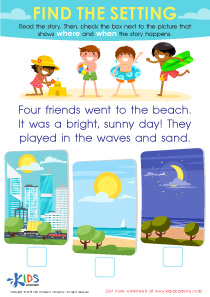Easy Reading worksheets activities for Ages 5-9
9 filtered results
-
From - To
Welcome to our Easy Reading Worksheets and Activities for Ages 5-9! Designed to foster a love for reading, our engaging worksheets are perfect for young learners. Featuring fun stories, colorful illustrations, and interactive challenges, these resources help children improve their reading comprehension and vocabulary skills. From simple word searches to reading comprehension exercises, each activity supports early literacy development in an enjoyable way. Suitable for both classroom use and home practice, our worksheets cater to different learning styles and encourage kids to explore new words and ideas. Start your child’s reading journey today with our enriching activities!
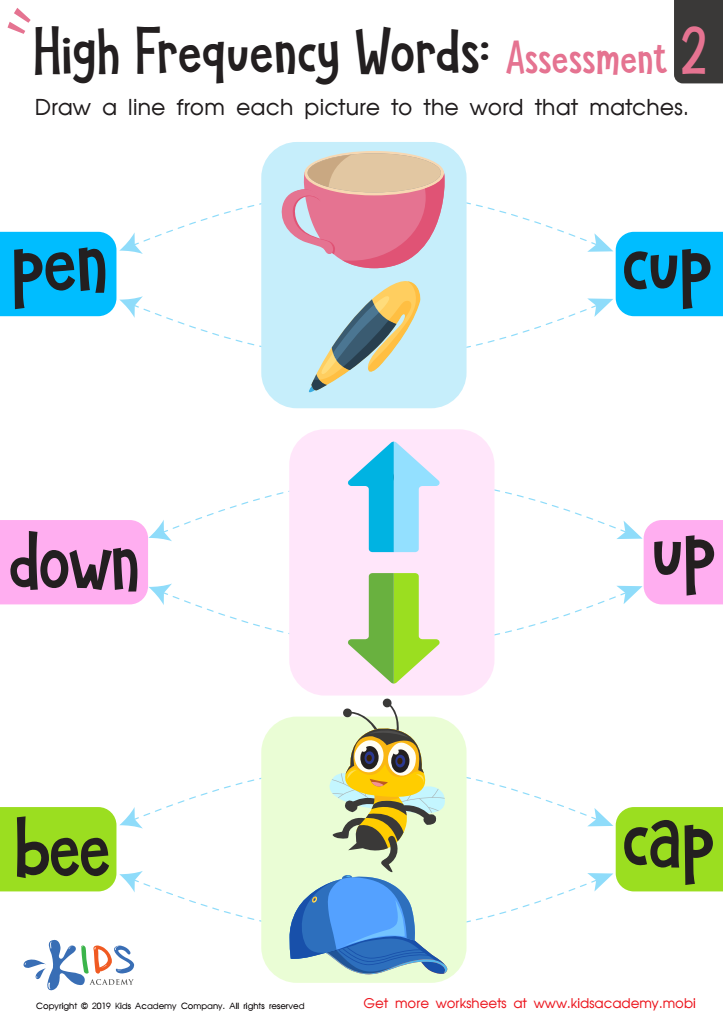

High Frequency Words: Assessment 2 Worksheet
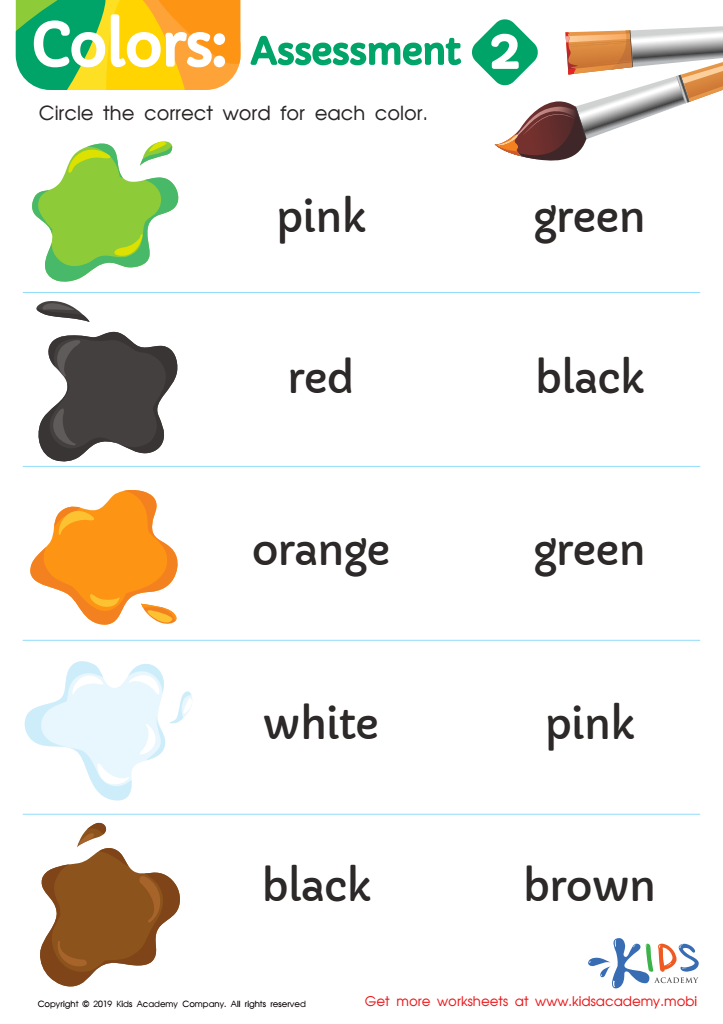

Colors: Assessment 2 Worksheet


Colors: Assessment 1 Worksheet
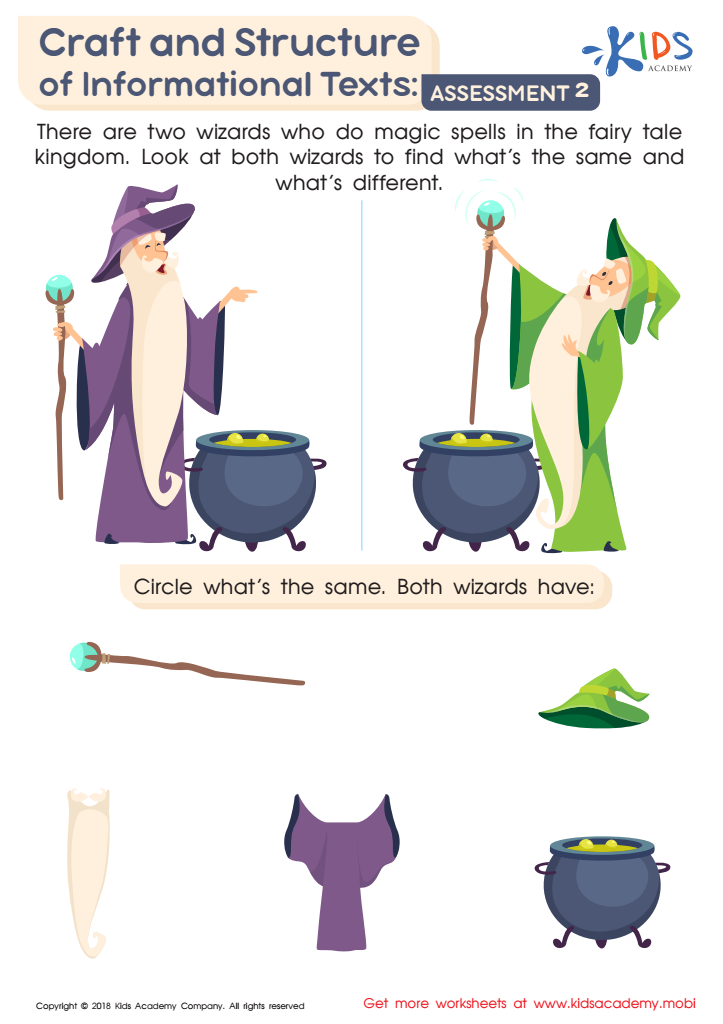

Craft and Structure of Informational Texts: Assessment 2 Worksheet
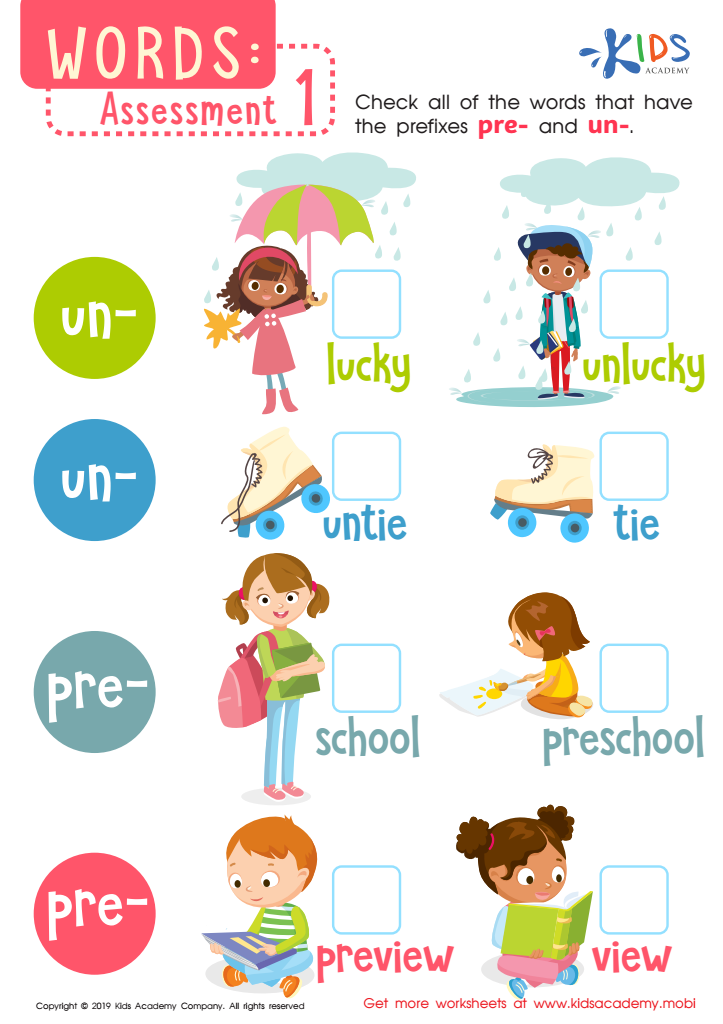

Words: Assessment 1 Worksheet
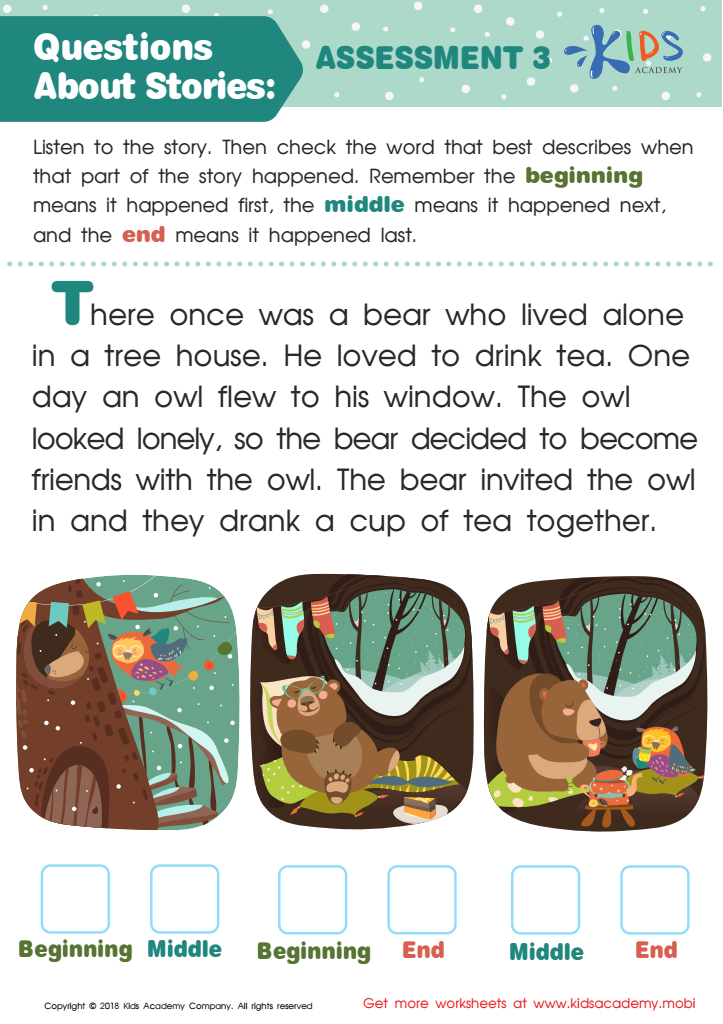

Questions About Stories: Assessment 3 Worksheet
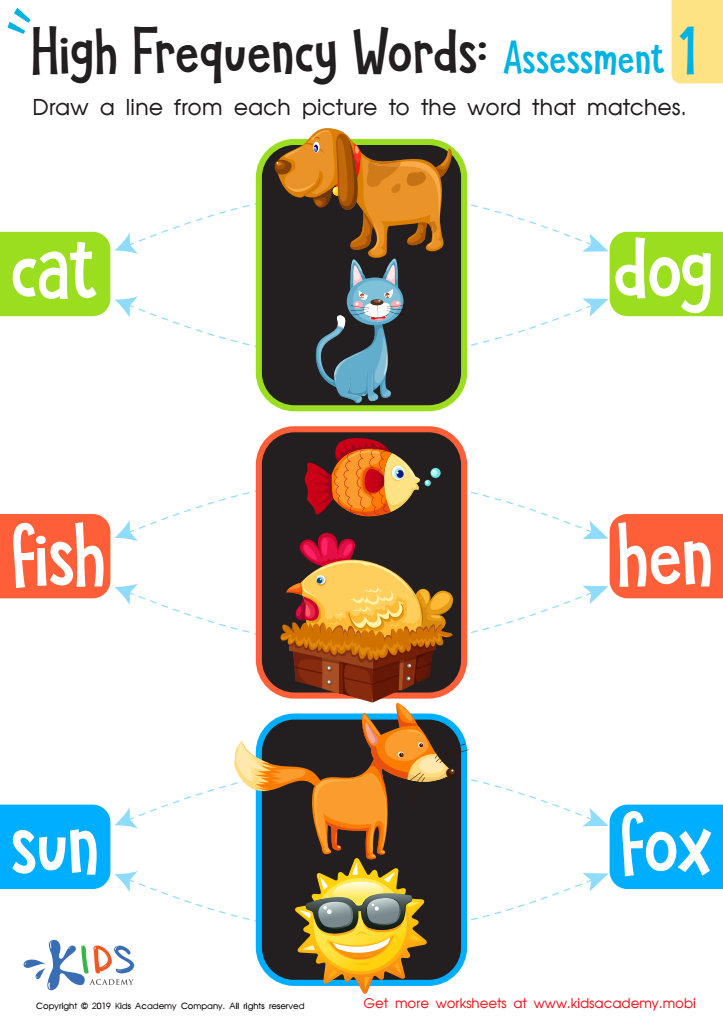

High Frequency Words: Assessment 1 Worksheet
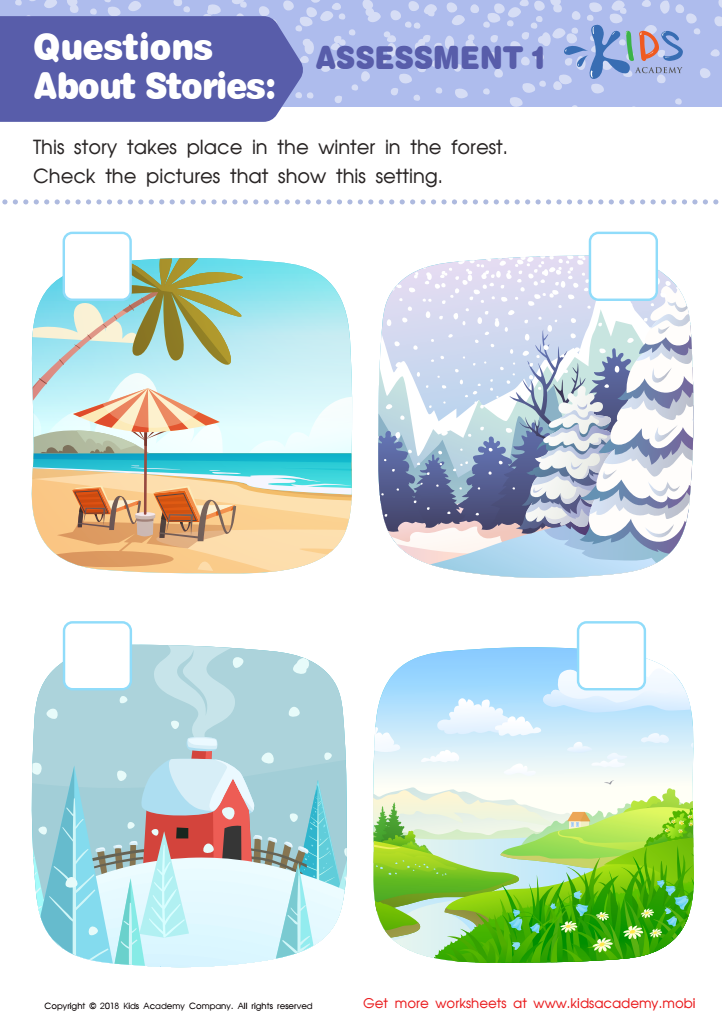

Questions About Stories: Assessment 1 Worksheet


Assessment: Aquarium Sign Worksheet
Easy reading activities for children aged 5 to 9 are crucial for several reasons. First and foremost, these activities foster essential literacy skills during a critical developmental stage. At this age, children are forming their foundational abilities in reading, which directly impact their overall academic success. Engaging them in enjoyable reading exercises helps enhance vocabulary, comprehension, and fluency.
Additionally, easy reading activities promote a love for books and storytelling. By introducing captivating stories and simple texts, parents and teachers can cultivate an early appreciation for literature that persists throughout a child's life. This burgeoning interest lays the groundwork for more complex reading as children grow.
Moreover, these activities support cognitive and social development. As children engage with stories, they learn to empathize with characters, navigate different scenarios, and amplify their imagination. Reading together—whether at home or in the classroom—also strengthens the bond between caregivers and children, fostering communication and sharing experiences.
Finally, easy reading activities can improve motivation and self-confidence. When children succeed in reading tasks, they build self-esteem, encouraging them to take on more challenging materials and nurture a resilient attitude toward learning. In short, investing time in easy reading activities is a powerful step towards developing proficient, enthusiastic readers.
 Assign to My Students
Assign to My Students















